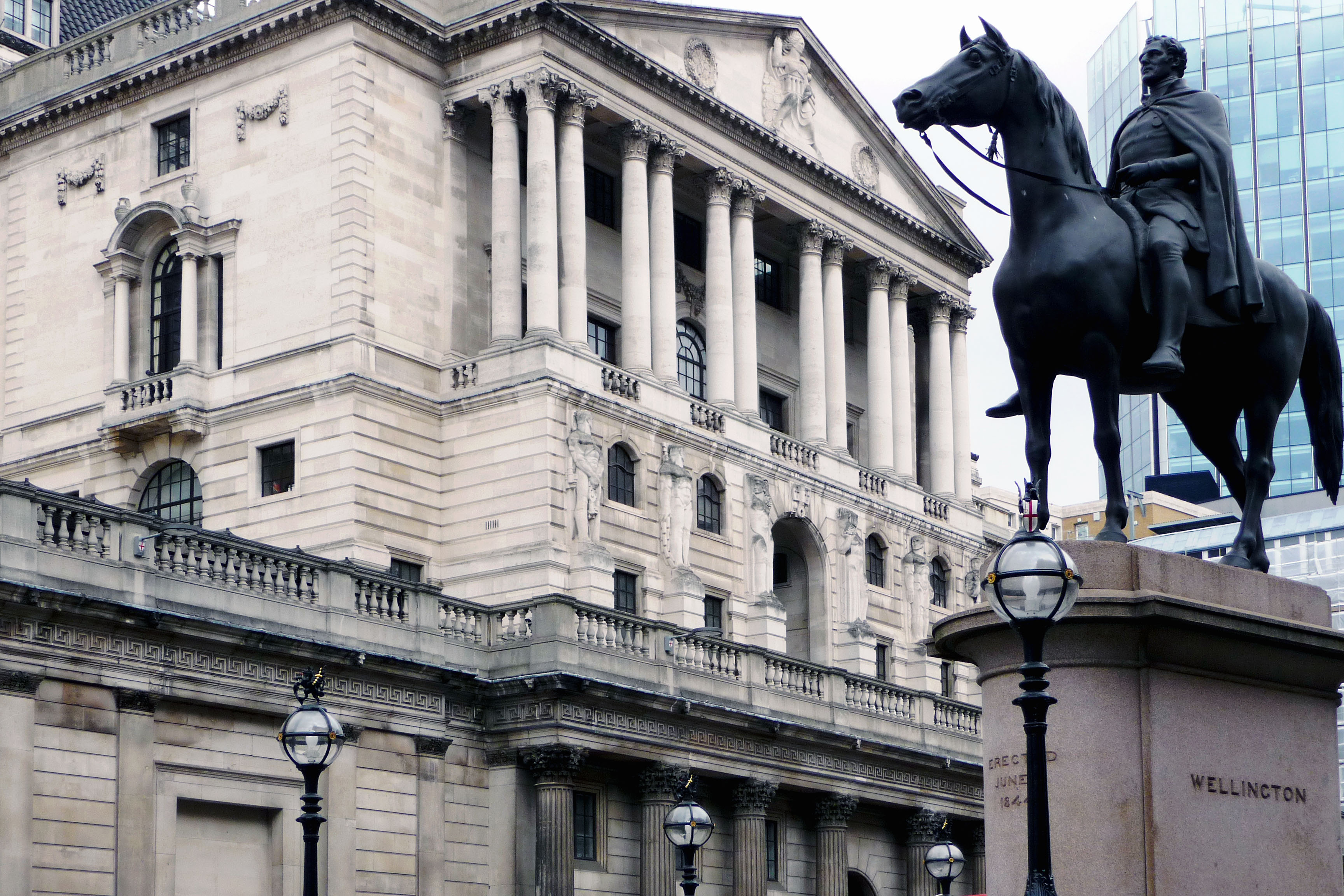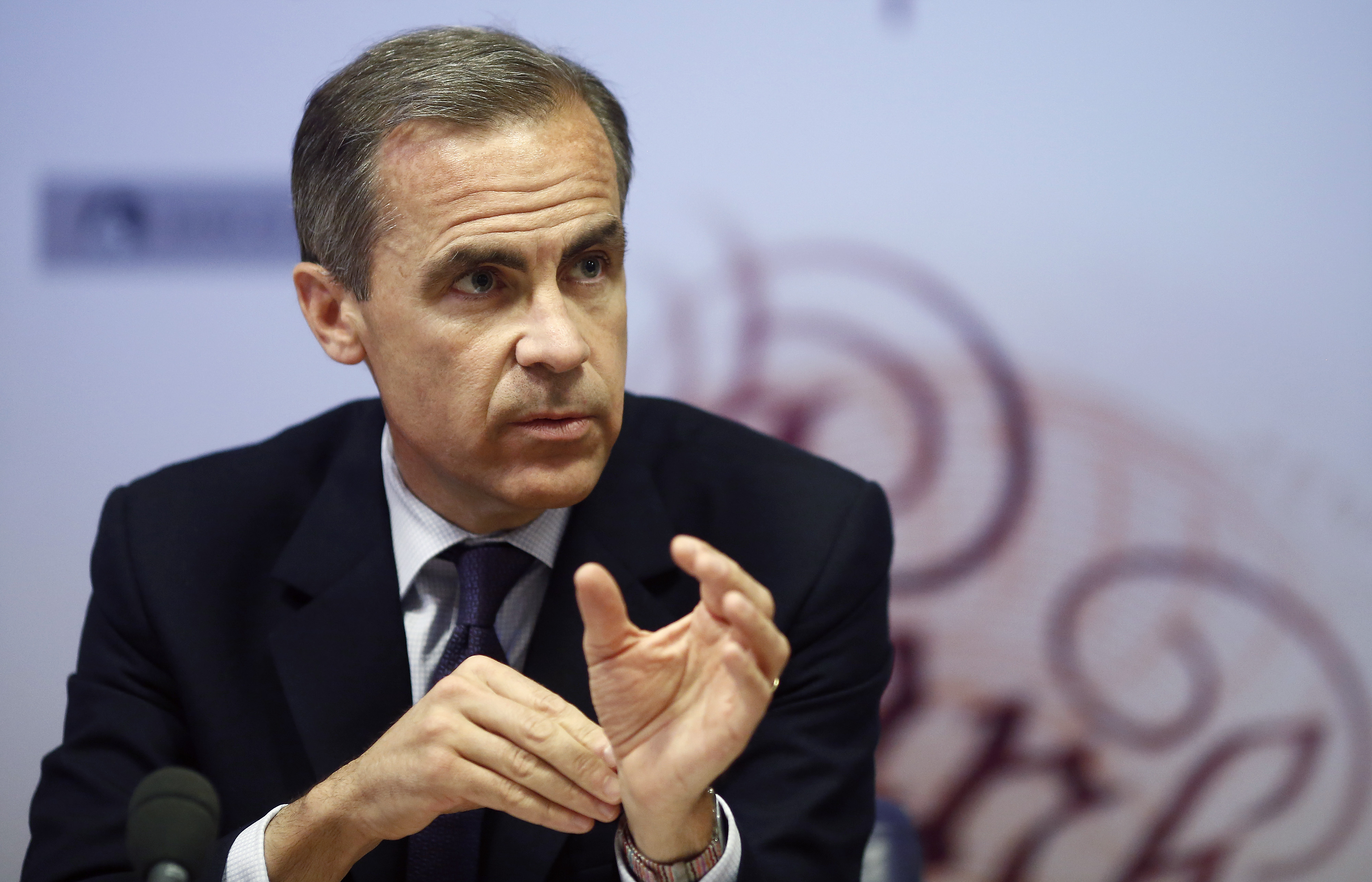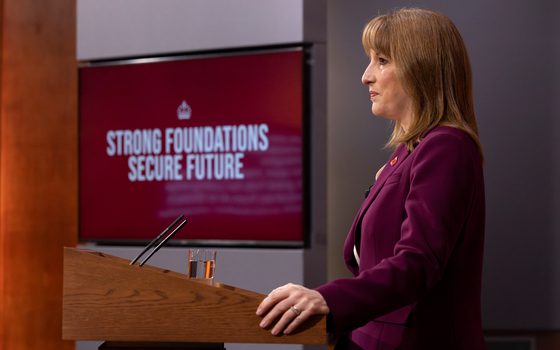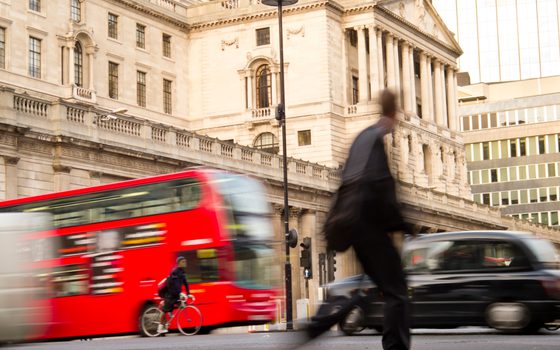2017: A stormy year ahead for central banks
A look ahead at what is in store for central banks in 2017 following Bank of England Governor Mark Carney's questioning by Treasury select committee
12 January 2017
Bank of England governor Mark Carney stated yesterday that Brexit was no longer the biggest risk to the UK’s financial stability as he was questioned by MPs on the Commons Treasury Select Committee. Carney defended the Bank’s record on forecasting over Brexit after his own Chief Economist, Andrew Haldane, had admitted the Bank, like nearly all other major economic bodies, were overly pessimistic about the economic impacts of Brexit.
But despite Brexit fears easing, this looks set to be a testing year for the Bank of England. Parliament has announced a major new inquiry in to post-crisis monetary policy — the most in depth examination of the Bank’s performance in decades. More generally, central banks are facing questions about their very purpose in a world where their traditional focus — inflation — seems out of their control, and there are increasing questions about how they should be addressing other major macroeconomic challenges, like inequality and environmental sustainability. Both the latter were mentioned as major global threats in the World Economic Forum’s Global Risks Report published yesterday.

Photo credit: Captain Roger Fenton
Economic challenges
On the economy, 2017 looks set to be the year that inflation makes a return. This might be welcomed by some, given that deflation has dogged advanced economies for the past few years, in particular in the Eurozone.
The major reason is not that central banks have managed finally to get the economy moving after nine years of ultra-low interest rates but the current strong performance of the U.S. economy and a pick-up in energy prices. This, combined with Donald Trump’s promise to embark on a major spending expansion, led the Federal Reserve to raise interest rates for the first time in a decade in December 2016. The Fed is predicting more rate hikes in 2017. If this happens, this will lead to pressure on other economies to push up rates to prevent large capital outflows as the dollar becomes more attractive to investors.
In the UK, inflation is increasing at the fastest rate since October 2014, driven by increases in import costs following the fall in sterling after the Brexit vote as well as rises in energy prices. If this pattern continues, the Bank would typically be expected to finally raise interest rates for the first time in almost 10 years. But there are major countervailing forces.
Firstly, UK household debt continues to grow faster than incomes, hence any increase in rates may choke off the consumer spending that is currently maintaining strong growth of the service sector. Many of those communities hit hardest by inflation may well also be those most at risk of interest rates rises – the so called ‘just about managing’ households that are spending between 30% and 50% of their incomes on mortgage payments. In addition, Brexit may finally begin to impact on business confidence and a rise in lending costs would be a double whammy.
Political challenges
Central banks will be just as worried about the political situation. The wave of populism and disdain for ‘experts’ that swept the globe last year was not good news for monetary policy makers who pride themselves on their technical abilities and political independence. This trend doesn’t look to be going anywhere soon: Donald Trump has called for an audit of the Federal Reserve, whilst in the UK the Bank of England was publically criticised by a number of Conservative politicians for taking a perceived pro-EU position on Brexit. On top of this, the Prime Minister suggested the Bank’s Quantitative Easing and low interest rates was contributing to inequality. In Japan, politicians repeatedly dragged their central bank governor into Parliament for questioning as the Bank of Japan embarked on new various Quantitative Easing policies in a bid to raise inflation.
The key challenge central banks face is to convince both politicians and the general public that they have a wider public purpose than just maintaining price stability. Most central bank mandates include, admittedly as secondary line, that they will serve the objectives of the government that ultimately owns them. However, it is not always clear how this is manifested in central banks’ activities.
For example, European Union countries signed up to ambitious and legally binding climate change targets in ratifying the Paris climate deal last year, yet the ECB is buying billions of debt from oil makers and car-makers. What’s more, neither the ECB nor the Bank of England include environmental risk as a factor as part of their criteria in their corporate bond purchasing programs. Similarly, with increasing questions about the winners and losers from globalisation, it makes little sense to buy assets nearly exclusively from large companies whilst smaller companies – which are more dependent on bank lending — get hit by interest rate rises.

Photographer: Simon Dawson/Bloomberg
Options for the future
Ultimately, central banks may need to develop tools that are more targeted at dealing with the long term risks facing our economies, as well as dealing with short-term financial instability from the banking system. The changes to interest rates and Quantitative Easing which are currently practised don’t appear well equipped to do so.
One option could be to further develop so called ‘macroprudential’ policy – the new tools introduced after the 2008 financial crisis to prevent financial instability. These are currently focussed on dampening down credit bubbles, particularly in the property sector. But they could be tweaked to favour loans that support environmentally sustainable activities or to mitigate against fossil-fuel intensive industries. Similarly, central banks could do more to support lending in those regions where globalisation and inequality is hitting hardest. Central banks could also consider a broader representation of businesses, households and other ‘non-experts’ on their decision-making committees as part of a monetary policy ‘democratisation’ process.
Ultimately, such steps are unlikely to arise without pressure from democratically elected governments and civil society. It is essential to push central banks in this direction if we really believe they are not doing enough to merit the new powers they were given in the aftermath of the financial crisis. Either way, 2017 should be an interesting year for the most economically powerful independent bodies in our democracies.
Topics Banking & finance






